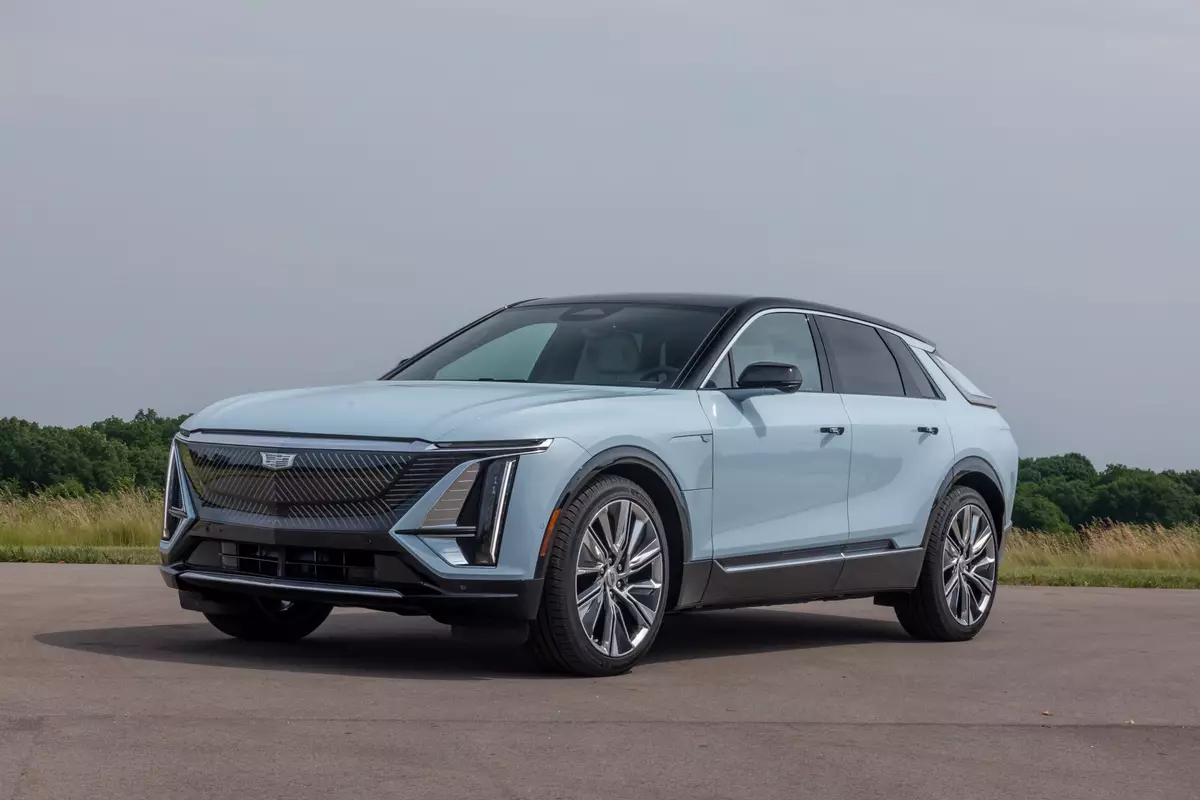washingtonpost.com's view
SHE WAS timid in approach, almost apologetic. “We have,” she said, “the 1988 Pontiac 6000 SE.”
Pause.
“It’s a station wagon.”
Pause.
“Would, aahmm, would you, uhmm, would you want to test-drive a station wagon?”
“Yeah,” I said.
“Really? Oh, good, good. That’s great . . . ”
Her surprise was understandable. Station wagons aren’t the glamour mobiles auto writers like driving. Judging from marketing materials, wagons aren’t the vehicles auto makers like selling, either.
Witness the treatment of the 6000 SE and its companion wagons in the 1988 Pontiac catalogue: The wagons appear at the back of the book, almost as an afterthought.
Indeed, the catalogue’s authors expressed misgivings about mentioning wagons at all.
“Wagons and road cars. Before we checked out Pontiac’s 1988 lineup, we weren’t sure the two could be mentioned in the same breath, let alone the same sentence,” the Pontiac copywriters wrote.
That’s silly, particularly in the case of the 6000 SE. This is a fine machine, a good people hauler.
It doesn’t do much for the libido. So what? It has other advantages. Need a loan? Drive this one to your bank. Nobody will mistake you for a shiftless deadbeat.
With its classic, conservative lines, the 6000 SE symbolizes stability and familial commitment. It practically shouts: “Hey, look here! I’m serious. I got responsibilities.”
Frankly, folks, I like the thing. It’s a quality piece and, besides, it makes me feel grown-up.
Complaints: The 6000 SE needs better seatbelts. This is a family vehicle, right? So, why do we have shoulder-harness belts only for front passengers? And why are those belts of the “window-shade” variety, the kind with adjustable slack, the kind that can be slackened enough to be rendered useless in a crash?
Also: The SE is Pontiac’s “sporty” station wagon. It has dual exhaust pipes and a leather-wrapped steering wheel. But does “sporty” mean that the exhaust system has to make macho racing noises — va-va-varoom, va-va-varoom? Are we going to the shopping mall, or driving ’round the track?
Praise: The 6000 SE is well-made. Fit and finish are tops. The wagon is tight.
I’m particularly impressed with the electronic instrument panel. There’s no gimcrackery here, no gee-whiz dross. The various gauges are clearly presented and easily read. Pontiac, thankfully, has even done a good job shading the instrument cluster, eliminating the glare that can be disturbing in daylight driving.
Passenger and cargo capacity: The 6000 SE seats five people facing forward, and two more in pop-up auxiliary seats facing the rear liftback door. Cargo volume is 74.4 cubic feet with all rear seats down.
Ride, acceleration, braking and handling. Excellent ride and acceleration. Braking is very good.
The 6000 SE is one of the best-handling wagons on the road, largely because of its computer-controlled s uspension system and its great Goodyear Eagle GT+4 tires.
The standard engine in the 6000 SE is General Motors’ ubiquitous 2.8-liter, fuel-injected, 125 hp V-6. It runs.
Sound system: AM/FM stereo radio and cassette with graphic equalizer, by GM/Delco. Very good. It triumphs over the throaty exhaust.
Mileage: About 22 to the gallon (15.7-gallon tank, estimated 337-mile range on usable volume), combined city-highway, running with mixed loads (one to five occupants).
Price: $16,566, including $2,502 in options and a $425 transportation charge. Base price is $13,639. Dealer’s invoice price on base model is $11,770.46.
Purse-strings note: The 6000 SE has three options packages with differing price tags. Also, people willing to live with GM’s adequate 2.5-liter, fuel-injected, 4-cylinder can buy a decent 6000 LE wagon for less money than the SE model.
Latest news



